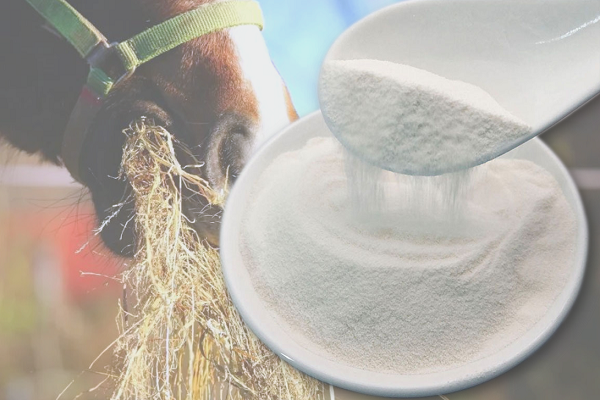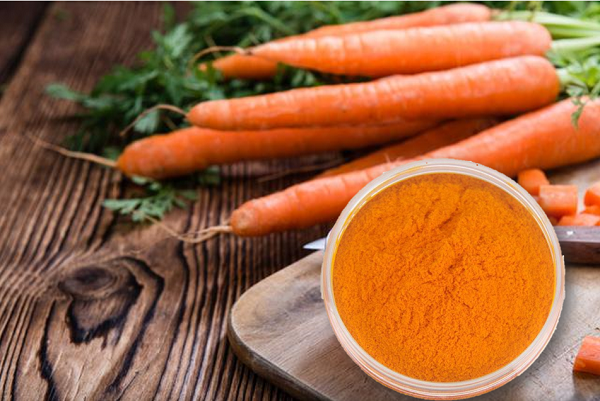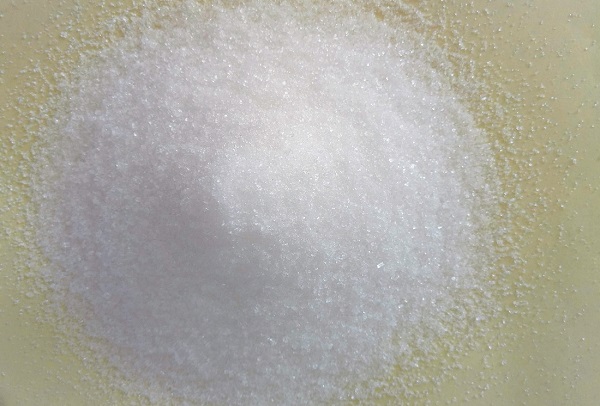Follow Us:
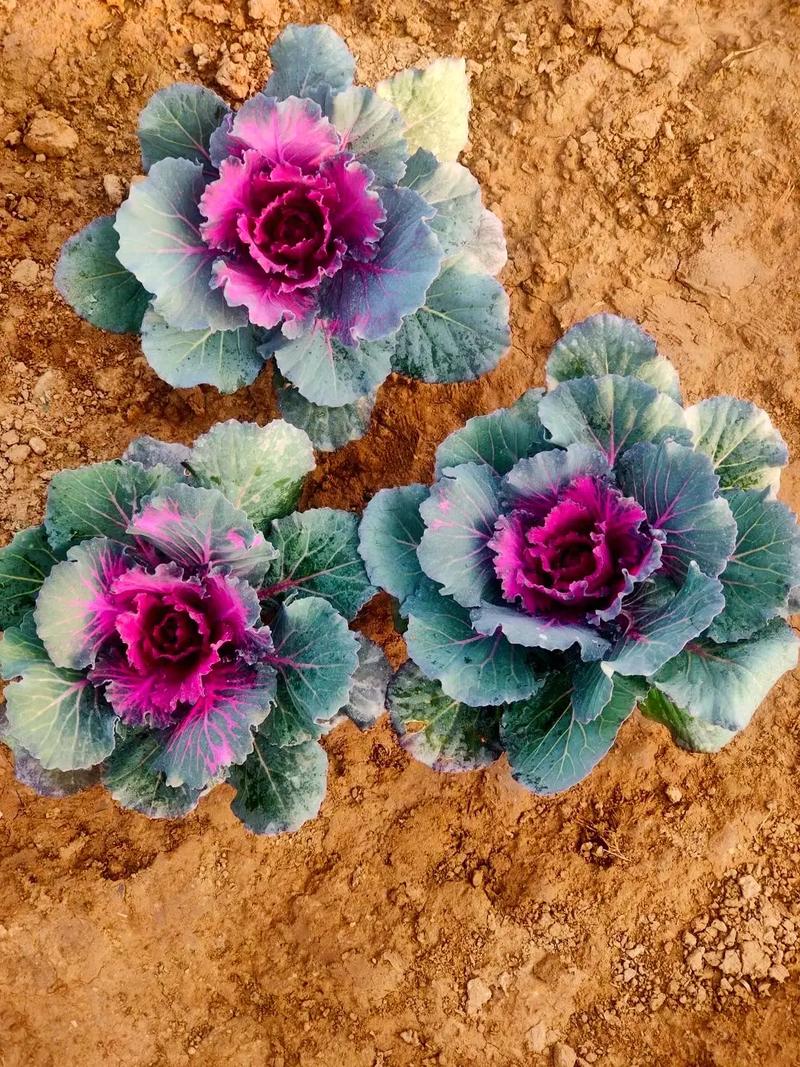
Exploring the Kale Industry: Harvesting, Production, and Marketing Strategies for Success
Kale, once a humble garnish at dinner tables, has quickly become a beloved superfood with significant market demand worldwide. Rich in nutrients, easy to grow, and versatile in culinary applications, kale’s popularity shows no sign of slowing down. However, to meet consumer demand and thrive in this competitive market, growers and producers must understand the nuances of harvesting, production, and strategic marketing. In this post, we’ll take a deeper dive into the entire kale production process—from planting and harvesting to production and marketing strategies.
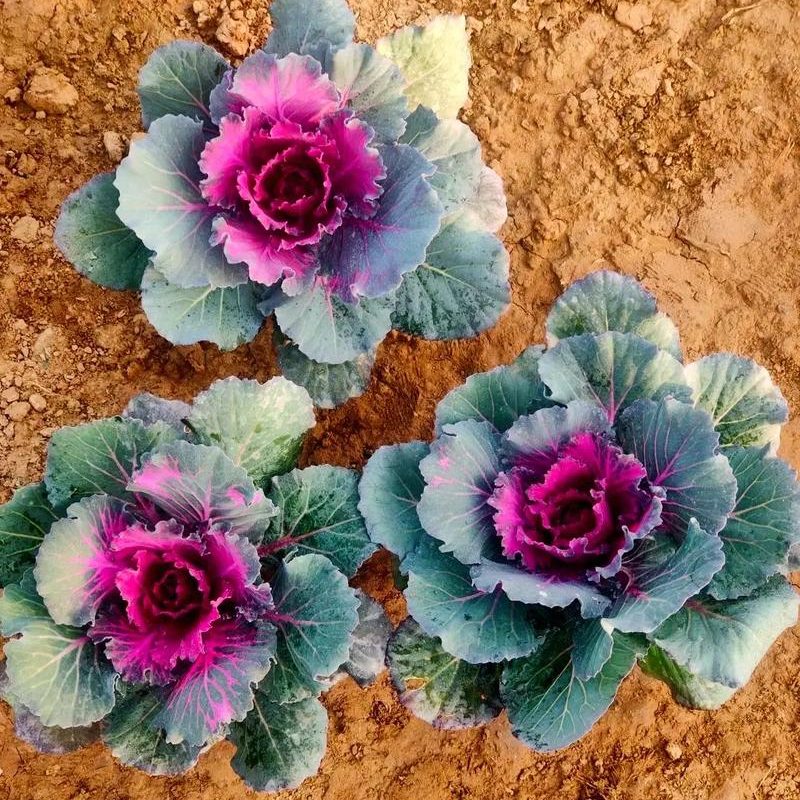
1. Harvest Period: Timing is Everything
The timing of the kale harvest can significantly impact the quality, yield, and profitability of the crop. Generally, kale is a cool-season crop, which means it thrives in temperate climates and can tolerate light frost, even improving in flavor after exposure to cooler temperatures. Here’s a breakdown of the harvest period:
Planting Season: Kale can be planted in early spring or late summer, with many growers opting for spring sowing to yield a summer harvest. Fall planting is also common for a winter crop, as the cooler temperatures improve the taste and texture of the leaves.
Harvest Timeframe: Kale is ready for harvest roughly 55 to 75 days after sowing, depending on the variety. Baby kale, harvested when the leaves are still young and tender, typically has a quicker turnaround. Mature kale, which has larger, tougher leaves, is harvested after about 60-80 days. The ideal harvest window is usually in the morning when the leaves are dry and the temperature is cool to avoid wilting.
Regional Variations: In regions with longer growing seasons, kale can be harvested multiple times throughout the year. In areas with harsh winters, kale may be planted in greenhouses or under row covers to extend the growing period and provide a year-round supply.
2. The Production Process: From Field to Table
Once the kale is harvested, the production process comes into play. The way kale is handled from the field to packaging can influence both the final product and its shelf life, which is crucial for meeting consumer expectations.
Post-Harvest Handling: After harvesting, kale needs to be cooled quickly to preserve its freshness. Most commercial producers use a process known as hydrocooling, where kale is submerged in cold water to reduce temperature and remove any dirt. This helps maintain the kale’s nutritional value and crispness.
Processing: Kale can be sold fresh or processed into value-added products such as pre-washed bags of leafy kale, kale chips, or even kale-based smoothies. For fresh kale, after washing, it’s typically bagged or bundled for sale in retail markets. For value-added products, the kale is dried, seasoned, and packaged in various forms for easier consumer consumption.
Packaging and Storage: Packaging plays a crucial role in maintaining product quality. For fresh kale, breathable packaging ensures proper airflow, while frozen kale or kale chips require airtight packaging to prevent moisture loss. Storage conditions, particularly temperature, are crucial to maintaining freshness. Kale should ideally be stored at 32°F (0°C) to keep it fresh for as long as possible.
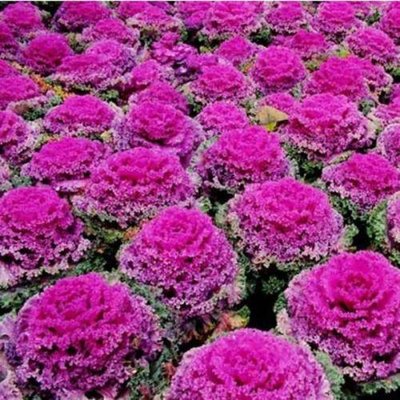
3. Marketing Kale: Connecting with Health-Conscious Consumers
As kale has become synonymous with healthy eating, effective marketing strategies are essential to stand out in a crowded market. Successful kale marketers focus on educating consumers, telling the story behind the product, and tapping into lifestyle trends that align with their target audience’s values.
Health Benefits: Kale’s reputation as a “superfood” is a key marketing point. Rich in vitamins A, C, and K, calcium, iron, and antioxidants, it’s a powerhouse of nutrients. Highlighting these benefits in marketing materials, social media posts, and packaging is a surefire way to connect with health-conscious consumers.
Sustainability Messaging: Consumers today are more interested than ever in where their food comes from and how it’s produced. Kale growers who emphasize sustainable farming practices, such as organic cultivation, reduced pesticide use, or local sourcing, can appeal to the eco-conscious market. Certifications like USDA Organic or Fair Trade can boost credibility and attract a loyal customer base.
Recipe Integration and Social Media: Kale’s versatility in the kitchen—from smoothies and salads to soups and stir-fries—makes it a prime candidate for recipe-focused marketing. By promoting creative, easy-to-make recipes, producers can engage customers and provide added value beyond the product itself. Platforms like Instagram, TikTok, and Pinterest are ideal for visual content like recipe videos, infographics, and user-generated content showcasing how consumers incorporate kale into their daily meals.
Partnerships and Distribution Channels: Partnerships with health-focused brands or influencers can help boost awareness. Distributing kale through multiple channels, such as grocery stores, farmers’ markets, and online platforms, can help expand reach. Subscription boxes for healthy foods or ready-to-cook meal kits that include kale can also be effective in tapping into niche markets.
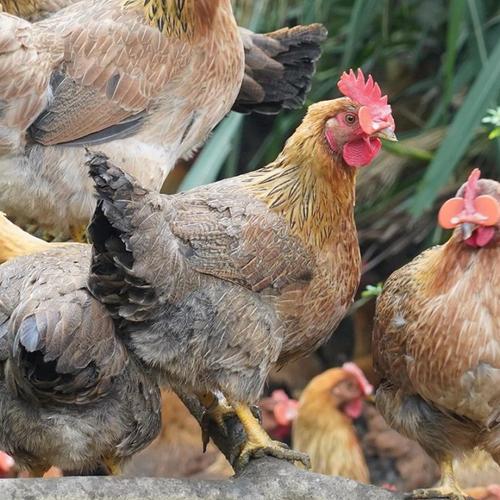
4. Challenges in the Kale Industry
Despite its growing popularity, the kale industry faces challenges. Among them are the volatility of weather patterns, pest management, and fluctuations in demand. Weather can affect both supply and quality, particularly in regions where extreme conditions impact harvests. Additionally, the oversaturation of the market with kale in recent years has led to price volatility, creating pressure on growers to innovate and differentiate their products.
Conclusion: Growing Success in Kale Farming
Kale continues to be a profitable crop for many farmers, but it requires careful attention to the details of harvesting, production, and marketing to ensure sustained success. As the demand for healthy, sustainable foods continues to rise, those involved in the kale industry can position themselves for growth by embracing best practices in production and leveraging innovative marketing techniques. By understanding the seasonality, production processes, and consumer trends, producers can maximize their kale’s potential and cultivate a lasting connection with today’s health-conscious market.
For businesses in the kale industry, the future looks bright—but staying ahead of the curve requires a commitment to quality, sustainability, and effective marketing.














